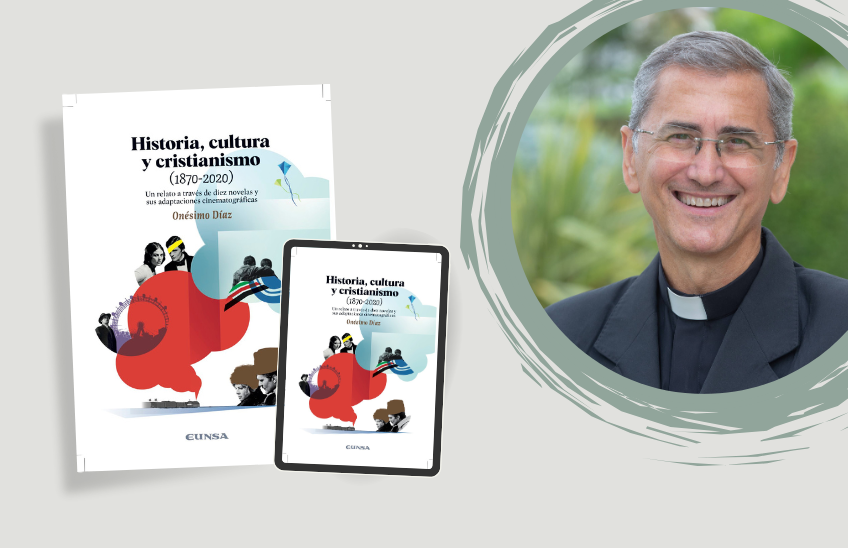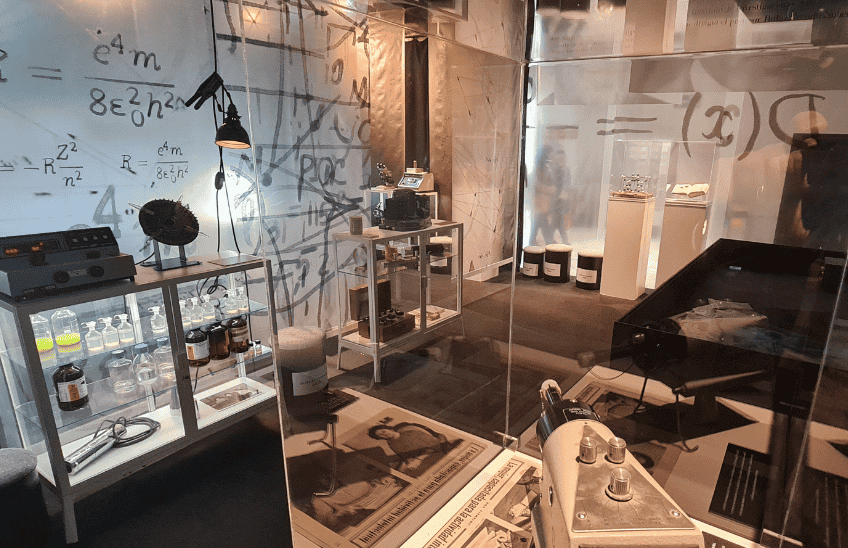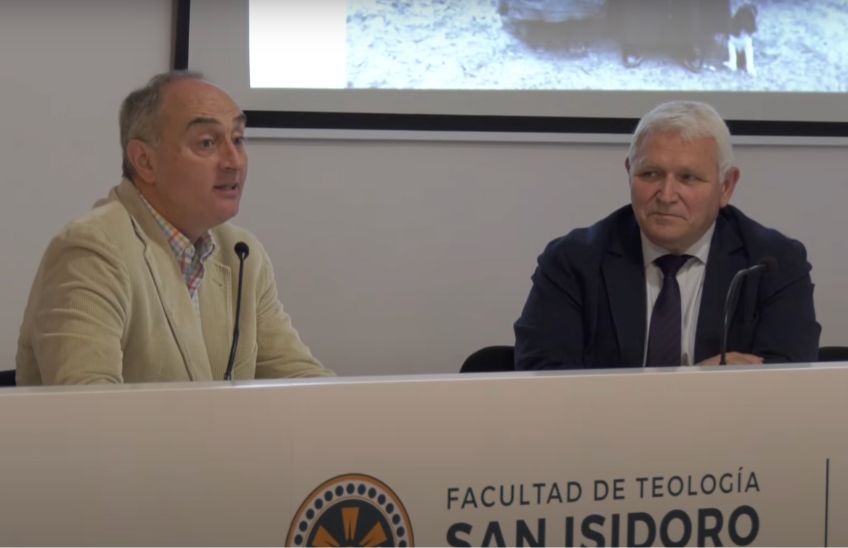The American dissemination of the life of Isidoro Zorzano
Chronicle of the trip through America (Part 6). A goal of the trip through America that Pedro Casciaro, José Vila and Ignacio de la Concha undertook in 1948 was to spread the private devotion to Isidoro Zorzano.
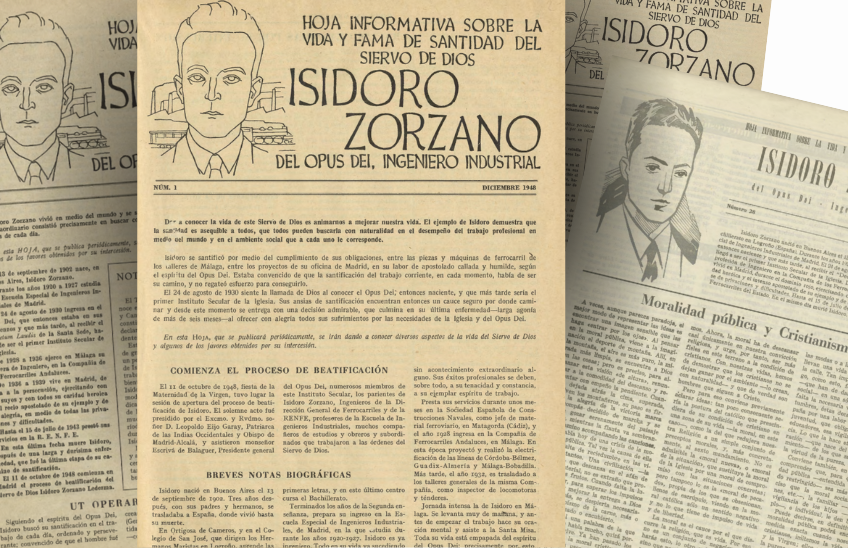
12 | 09 | 2023
During the exploratory trip through the American continent, the priest Pedro Casciaro and the young professors Ignacio de la Concha and José Vila spread the private devotion to Isidoro Zorzano. This was a member of Opus Dei who died in 1943 with a reputation for sanctity and whose process of beatification began in October 1948.
For the travelers, spreading the figure of Isidoro Zorzano was also a way of transmitting the message of sanctification in the midst of the world. Zorzano had left a deep mark on the young institution that was then Opus Dei. His life was a clear example that holiness was attainable. The first fact sheet on his life explained:
"Isidoro sanctified himself through the fulfillment of his duties, among the railroad parts and machines in the workshops of Malaga, among the projects of his office in Madrid, in his work of quiet and humble apostolate, according to the spirit of Opus Dei. (...). To make known the life of this Servant of God is to encourage us to improve our lives. Isidore's example shows that holiness is accessible to everyone, that everyone can seek it naturally in the performance of the professional work in the midst of the world and in the social environment that corresponds to each one".
On several occasions, travelers gave Zorzano holy cards and some people even made donations for the expenses of the beatification process, which was to begin in October 1948, the month after the end of this trip through America.
Their stay in Buenos Aires coincided with Zorzano's birthday, September 13. The three travelers were especially excited to see the city and the street where he was born. In their travel diary they noted:
"We were expecting things for today and we were not really disappointed. It is the anniversary of Isidoro's birth here in Buenos Aires; we realize what it means to be the first to celebrate it here. Pedro celebrated mass for his early glorification. When we arrived at the hotel for breakfast we were met with a stack of letters, from Spain and Mexico. We expected two things for today. And both arrived: one, the address of the house where Isidoro had been born and that we did not want to leave without being able to take some souvenir of it, and the other some news from Carlos Cañal, about the payment of our tickets to Madrid. José Luis [Múzquiz], in a first letter sent the address: Corrientes 1902, and also the address of a cousin [of Isidoro Zorzano] who was waiting for us".
Zorzano's cousin, Juana Zorzano de Cobos, received them that same day at her home on Rivadavia Avenue. Three days later they met again. On this occasion, some of Juana's siblings were also present. She took the opportunity to share with them some details about the years Isidoro and his family spent in Buenos Aires.
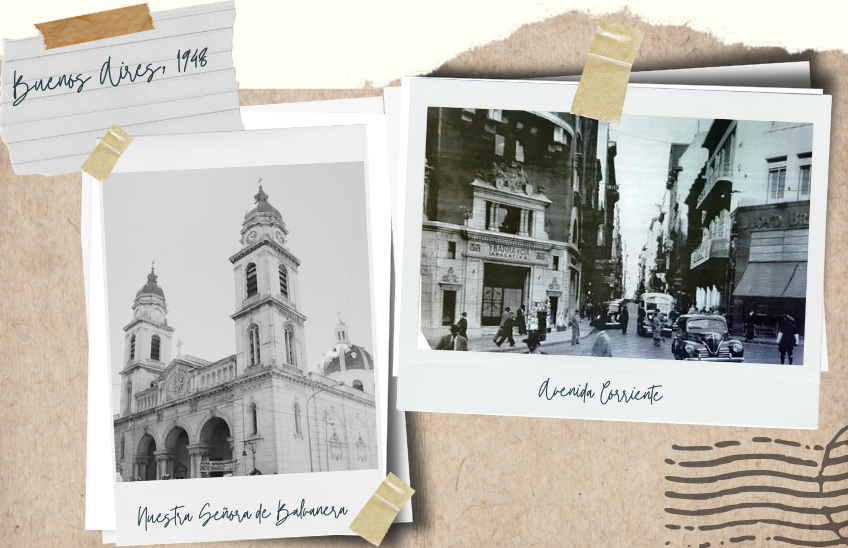
In addition, he showed them three letters he kept from his cousin, written at the time of the liberation of Madrid, and the magazine "Mundo Gráfico" of November 20, 1926, which published a photograph of the wedding of Isidoro Zorzano's sister, in which he had been the best man.
Juana Zorzano also told them that her cousin had been baptized in one of the oldest parishes in the city, Nuestra Señora de la Balvanera. The expeditionaries noted in their diary:
"We went there and were with the lieutenant, who was already aware of the process [of Zorzano's canonization] and very happy about it. Pepe took some 'photos' of the baptismal font and the church."
Before returning to Spain, the travelers said goodbye to Juana Zorzano; and José Vila took the opportunity to photograph the house where Isidoro Zorzano was born and also to take some pictures with the family.
Some notes on Zorzano's life
Isidoro Zorzano was born on September 13, 1902 in Buenos Aires. He was the third of five children of a Spanish emigrant couple who settled in the Argentine capital, where they had a well-to-do status . In 1905, the family returned to Spain and settled in Logroño with the intention of returning to Argentina at a later date. However, these plans were cut short by the unexpected death of the father and, subsequently, by the bankruptcy of the Banco Español del Río de la Plata: the Zorzanos lost almost all their savings.
Despite these difficulties, Isidoro Zorzano was able to continue his studies at programs of study and, in 1927, he graduated as an industrial engineer. Shortly after, he moved to Malaga to work for the Andalusian Railway Company and to teach at the Industrial School of that city.
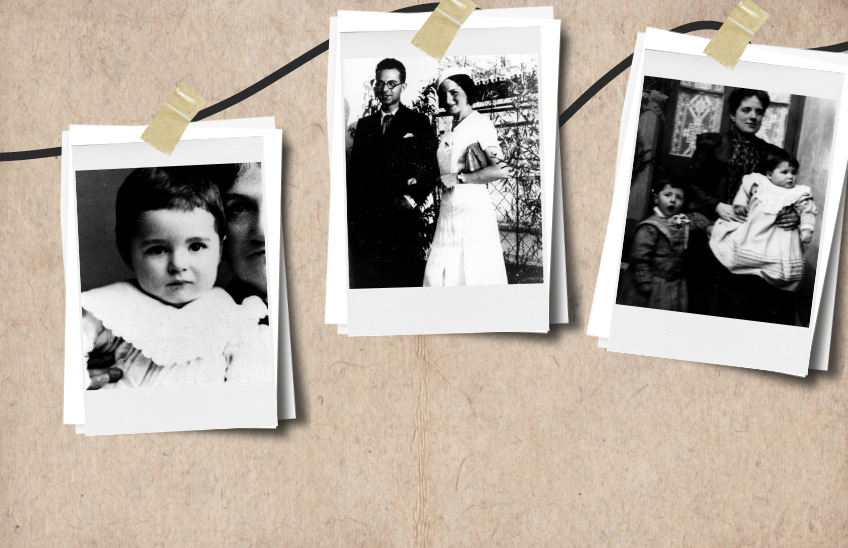
During those years he was experiencing certain spiritual doubts about his vocation. In 1930, he shared these doubts with Josemaría Escrivá, his friend from the high school diploma. Escrivá explained to him the message of Opus Dei, founded in 1928, and Isidoro found in this path an answer to his aspirations and decided to join the Work.
In 1936 he moved to Madrid and obtained a position with the Compañía Nacional de Ferrocarriles del Oeste. He also began to collaborate closely with St. Josemaría, who appointed him administrator of the apostolic works of Opus Dei. During the Spanish Civil War, which Isidoro spent in Madrid, his status as an Argentinean allowed him a certain freedom of movement and his practical nature helped alleviate the material needs of those of the Work who were refugees in the city.
In 1943 he died after being diagnosed with malignant lymphogranulomatosis.
Over the years, the devotion to Isidoro Zorzano spread to different countries. In 2016 Pope Francis declared him Venerable. Currently, the remains of Isidoro Zorzano rest in the San Alberto Magno Church in Madrid.
Text elaborated from:
Santiago Martínez Sánchez, "Los ojeadores. A long journey through America". Episode of the Fragments of History podcast (2023).
Santiago Martínez Sánchez, "The scouts. A long journey in 1948 to prepare the arrival of Opus Dei in America," in Studia et Documenta, Vol. 17, (2023), pp. 67-109.
Santiago Martínez Sánchez and Federico Requena, "La expansión transnacional del Opus Dei desde España a Iberoamérica: orígenes, modalidades y contextos (1948 -1956)", in Revista de Historia, Nº.30, (2023), pp. 1-35.
Related content:
75 years of Pedro Casciaro's first pilgrimage in Mexico. Chronicle of the journey through America (Part 1).
An apostolic and cultural expedition. Chronicle of the trip through America (Part 2).
A broad apostolic horizon (Part 3).
The first steps of Opus Dei in Peru (1948) (Part 4).
The final leg of the exploration of America (Part 5).

